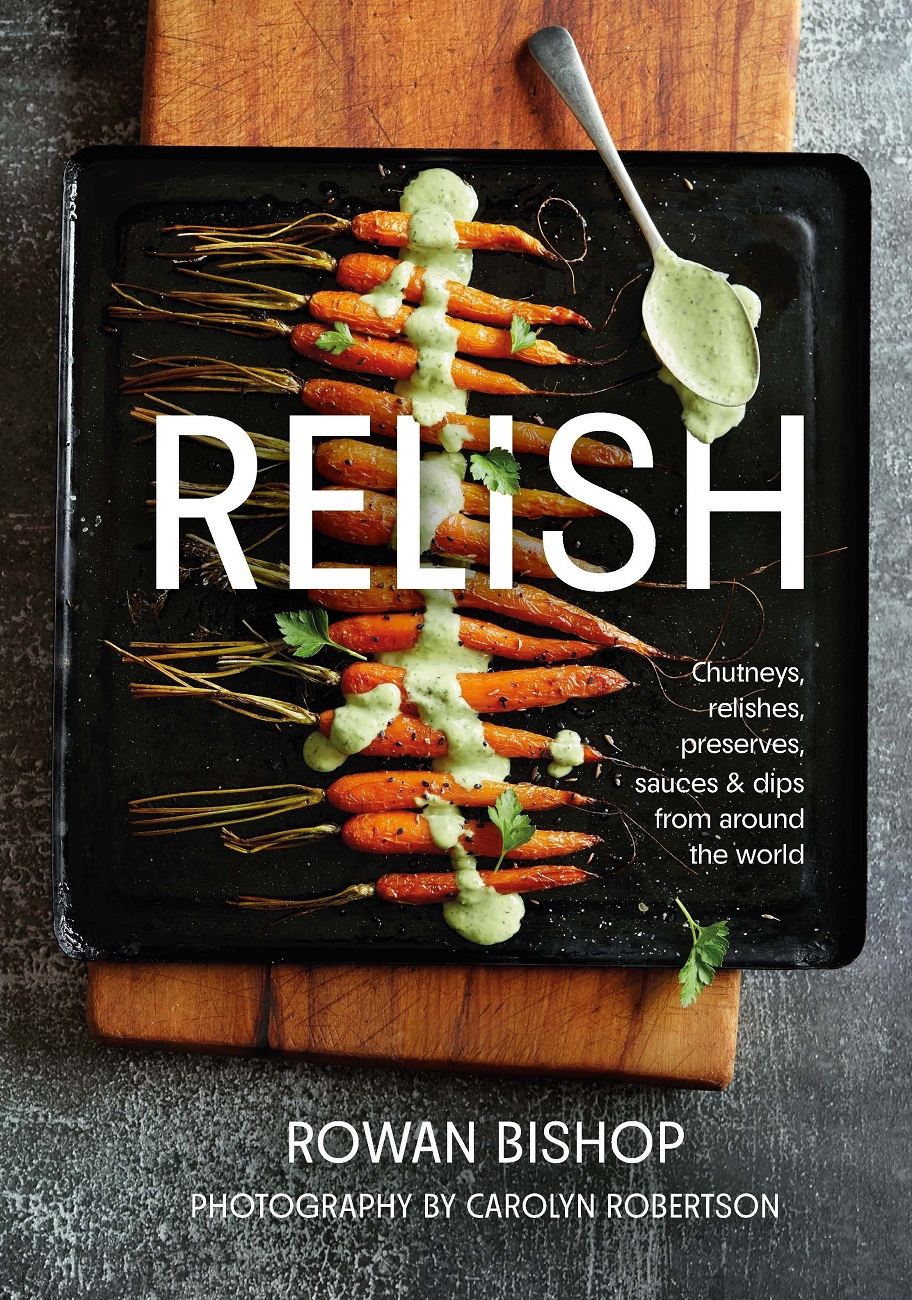
"Not only knowing the food hasn’t gone to waste, but that you have created something delicious to add interest and flavour to any dish for very little cost."
Relish: Chutneys, relishes, preserves, sauces & dips from around the world is a new edition of Bishop’s 2013 book of preserves Rowan Bishop with Relish, but along with the original recipes — tweaked for clarification and to include less sugar — it also includes recipes for a wider range of condiments such as dipping sauces, salsas, pestos, dressings and dips.
"To relish is to greatly enjoy and embrace; in this case, a table condiment that sits alongside the main dish to greatly enhance the overall taste experience."
Bishop, whose first cookbook was published more than 30 years ago, says preserving also generates satisfaction, especially if you have grown the produce used yourself.
"To create something that can elevate a less than exciting dish to an exalted one is a persuasive if not downright compelling reason to use condiments."
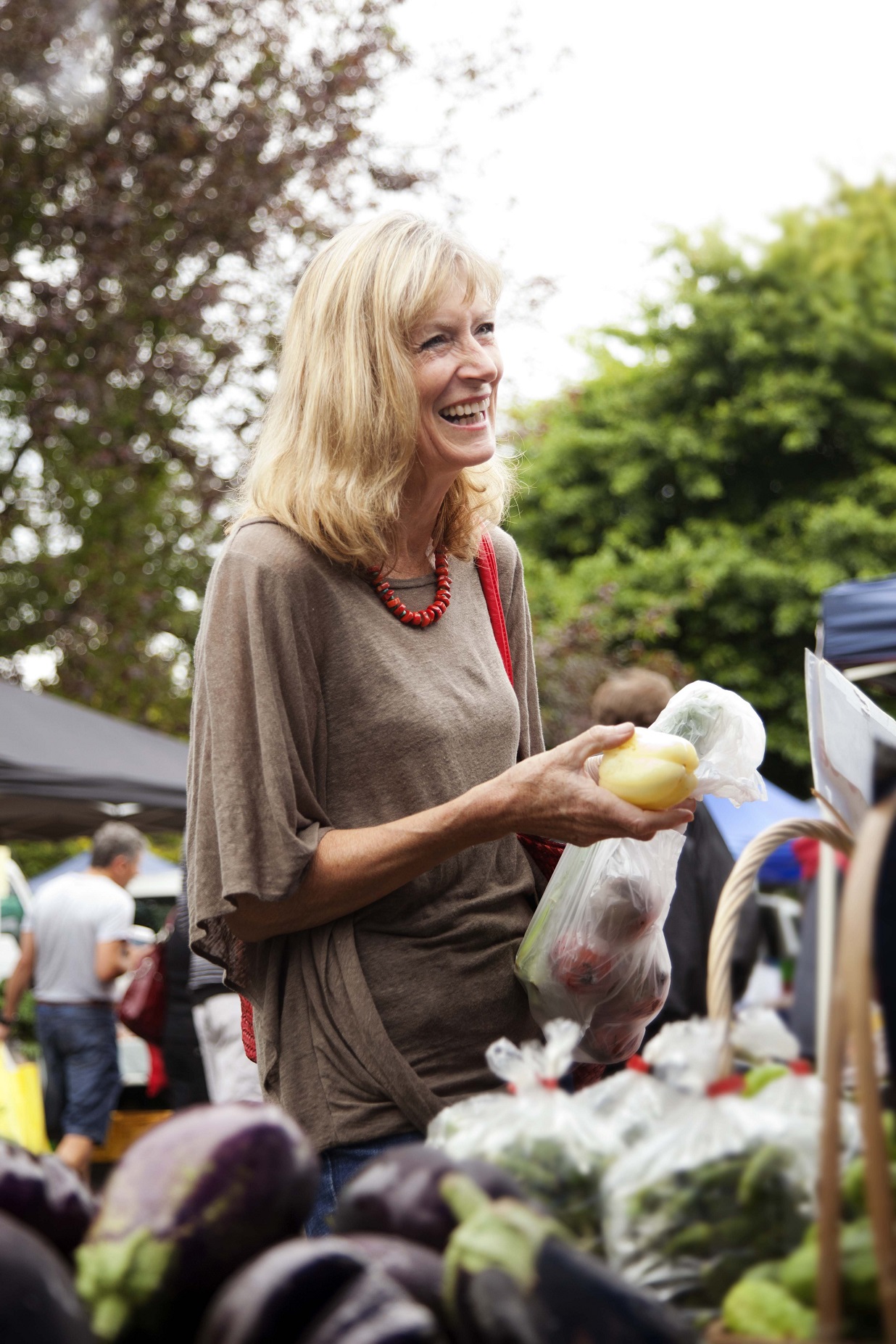
Some kitchen equipment is needed to make consistently good preserves — a reliable set of kitchen scales, a robust food processor, a heavy-based saucepan or jam pan, wooden spoons, a sieve, a colander, a set of measuring jugs and jars, lids and labels.
"Even on a very limited budget it’s possible to eat gourmet by adding that little bit extra, transporting the ordinary into the extraordinary."
At the back of the book is some handy information on sterilising jars, the wrinkle test for jams and chutneys and a glossary of some of the less common ingredients used.
The book
RELISH: Chutneys, relishes, preserves, sauces & dips from around the world by Rowan Bishop, photography by Carolyn Robertson, published by Bateman Books, RRP $45.
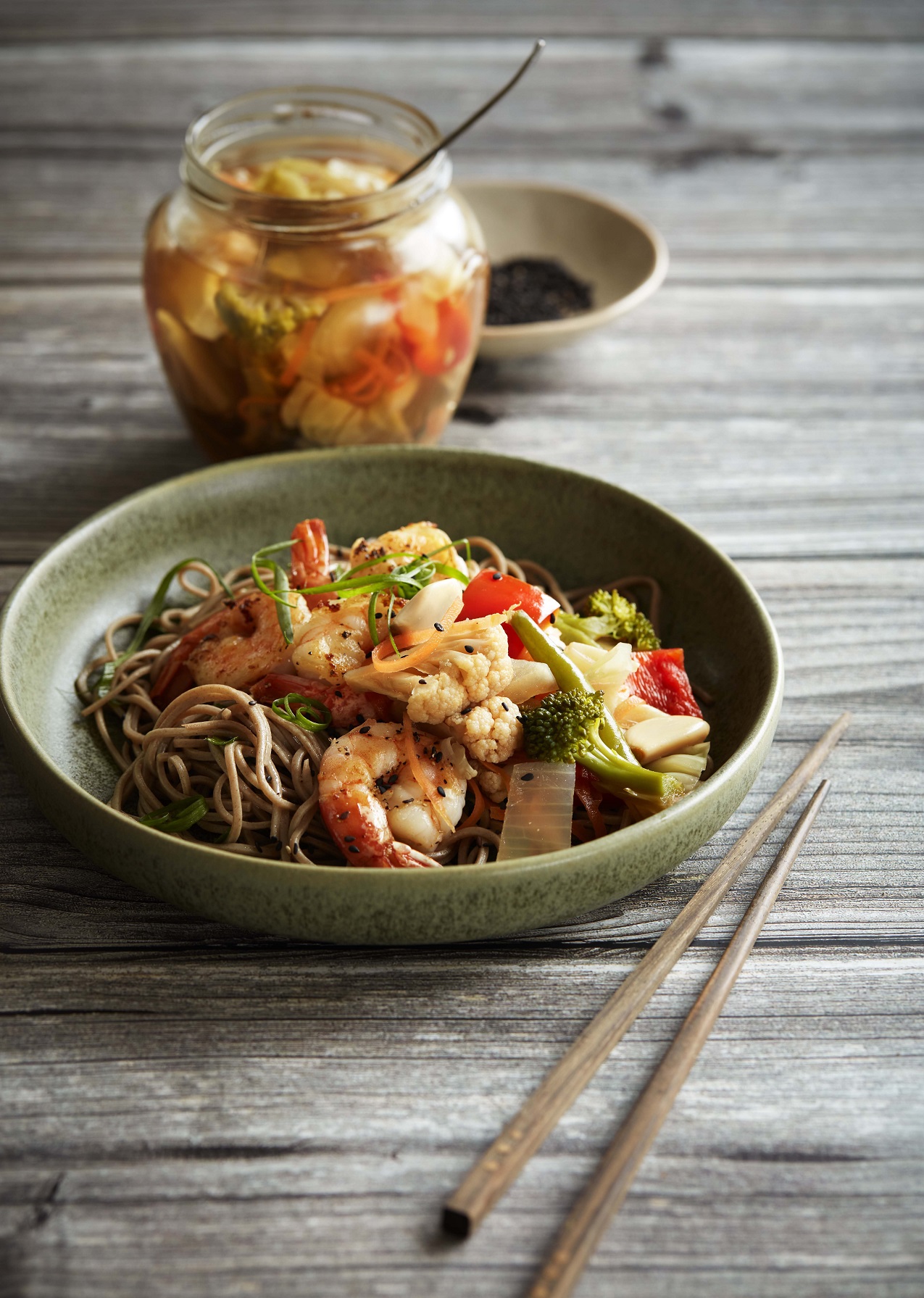 Wasabi garden pickles
Wasabi garden pickles

Most fresh vegetables can be pickled and these Japanese-inspired pickles add an extra dimension to almost any meal. They are also delicious eaten straight from the jar as a snack or a tasty garnish.
Makes2 x 800g jars
Ingredients
650g prepared vegetables*
1 onion, peeled and sliced
68 garlic cloves, peeled and quartered
1½ cups apple cider vinegar
⅓ cup mirin**
1½ cups water
⅓ cup sugar
1½ Tbsp fine non-iodised salt***
1 tsp whole peppercorns
1½ tsp mustard seeds
1 tsp dill or celery seeds
1 tsp turmeric
2 tsp wasabi powder mixed with a little water
or 2-3 tsp wasabi paste
Method
Prepare vegetables, onion and garlic before making the pickling solution.
Place the vinegar, mirin, water, sugar, salt and all the remaining ingredients in a saucepan. Whisk to combine and bring to simmer point.
Pack the vegetables firmly into hot, sterilised jars.
Pour over the hot pickling liquid to 1mm from the top of the jars.
Cover and cool for a couple of hours before placing in the refrigerator.
Leave for at least 24 hours before sampling. These pickles will keep refrigerated for up to one month.
*These could include cabbage, thickly sliced; cauli florets, sliced into bite-sized pieces; zucchini, sliced into batons; carrot, peeled and sliced into slim batons; capsicum cut into bite-sized pieces; daikon radish, peeled and sliced; garden radish, sliced; beans, green or yellow, trimmed and halved; Lebanese cucumber, sliced into rounds 4mm thick.
** Mirin: A sweet rice wine that delivers a mild sweetness to sauces and dishes. A very common ingredient in Japanese cooking.
***Non-iodised salt is used for pickling because of the risk of discoloration with iodised salt. Non-iodised salt contains no impurities.
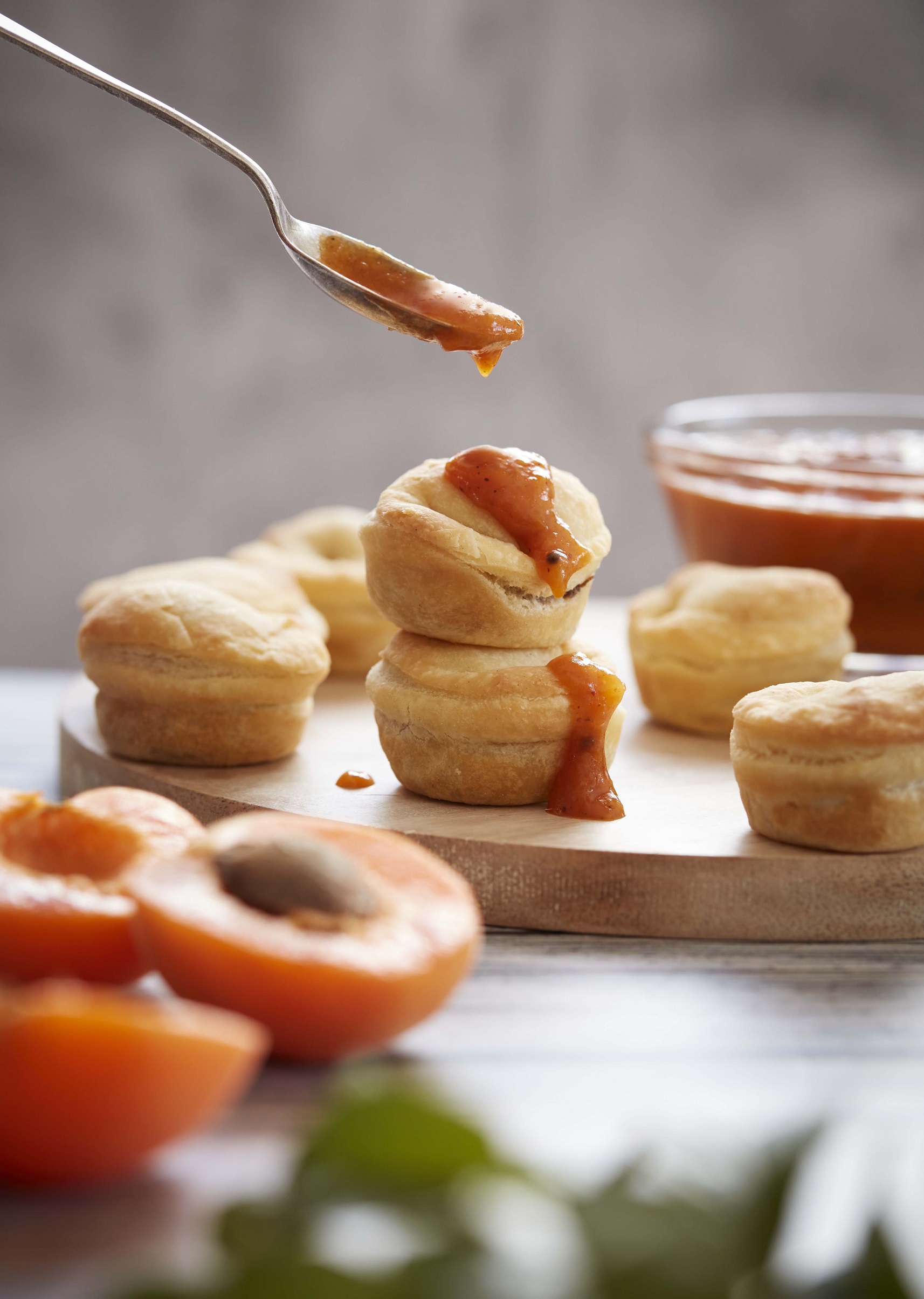 Apricot sauce
Apricot sauce

Each summer there is a chance to buy fresh fruit cheaply as jam fruit and ripe apricots are particularly good in this quite different but delicious sauce. Drizzle over pies, quiche, curry, chicken or pork, or try it with black bean dishes, falafel, vegetable fritters, spring rolls or samosas.
Makes 8-10 jars
Ingredients
3kg ripe apricots
½ cup vegetable oil
¼ cup mustard seeds
4 large onions, peeled and diced
180g minced ginger (pre-prepared is fine)
2 star anise
3 Tbsp chilli powder or to taste
2 tbsp salt
1 Tbsp sumac
3 cups sugar
2½ cups cider vinegar
1 cup water
3 Tbsp tamarind concentrate*
Method
Stone the apricots, dice and set aside.
In a very large saucepan with a heavy base, heat the oil to medium-hot then add mustard seeds. Toss or stir until they begin to pop, then lower the heat immediately and stir in the onions, ginger and star anise. Saute until fragrant.
Stir in the chilli powder, apricots, salt, sumac, sugar, vinegar, water and tamarind.
Simmer uncovered for 30-40 minutes or until thickened to the consistency of your choice. Discard the star anise.
Cool a little then puree in a food processor.
Return to the original pan and simmer for about 5 minutes.
Pour into hot, sterilised jars and seal with hot, sterilised screw-on metal lids.
* Tamarind: Commonly used throughout Africa, Asia, Latin America and the Pacific, tamarind has a tart fruit flavour and is often used instead of lemon as a souring agent. Some of the recipes in this book use a tamarind concentrate. The best way to create this if from a block of pulp. To make tamarind concentrate from block pulp, take 125g from a block of tamarind pulp, available from any Asian food store. Break it up and soak in one cup of hot water for 15 minutes, breaking it up further as it soaks. Push it through a sieve and discard leftover fibre and seeds. Measure the amount required and freeze the excess for future use.
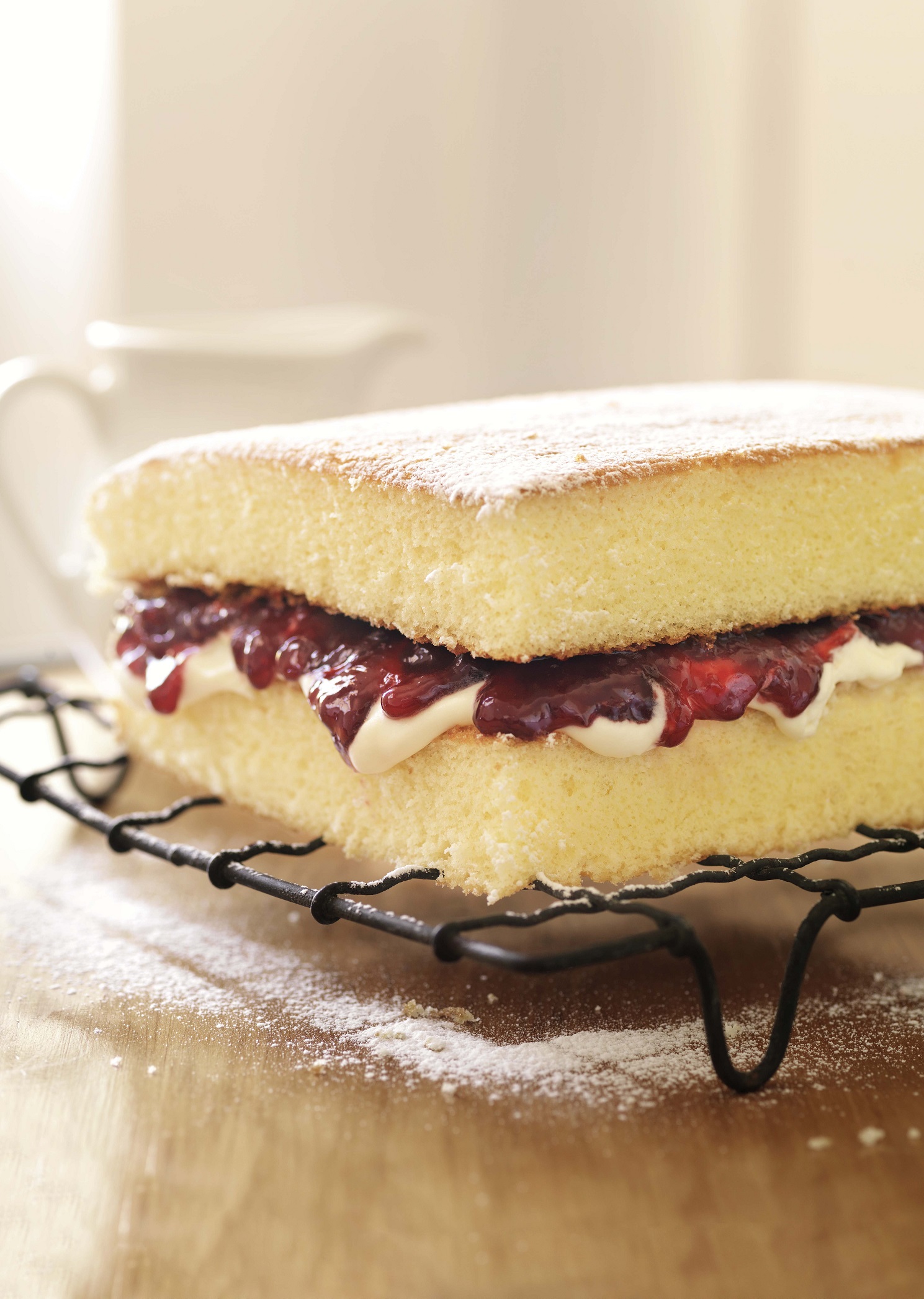 Gingered plum jam
Gingered plum jam

Simple, simple, simple. This jam is not too sweet and the ginger enhances the tart fruit flavour. Most plums can be used successfully for this jam, but those with the best flavour are the old-fashioned heritage plums like Black Doris (though Omega or Satsuma are good alternatives). If you have a bumper crop or if someone offers you some plums, accept with alacrity.
Remember that it’s not necessary to deal with the fresh fruit immediately. Jams don’t suffer in the slightest from being made from frozen fruit.
Makes8 x 400g jars
Ingredients
3kg plums
1.5kg sugar
½ cup minced fresh ginger (pre-prepared is fine)
Method
Slice fresh plums in half and discard the stones to make jam immediately or to freeze.
Depending on the plums, you may need to add ½ cup water to start them cooking, but it is usually possible to place the fresh or frozen plums and the ginger into a jam pan, or similar, and cook over low heat, stirring occasionally, until the juices are released.
Turn the heat to medium-low and simmer until the plums are soft and beginning to pulp, about 30-40 minutes.
Stir in the sugar, turning the heat to medium. Cook, stirring regularly, for about 20 minutes or until the surface of a small spoonful on a freezer-cooled saucer wrinkles when nudged with a finger.
Fill hot, sterilised jars with the jam and seal with hot, sterilised screw-on metal lids.










